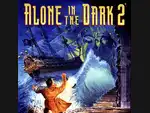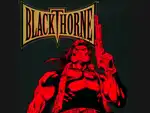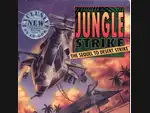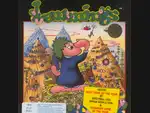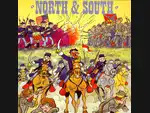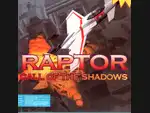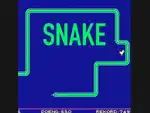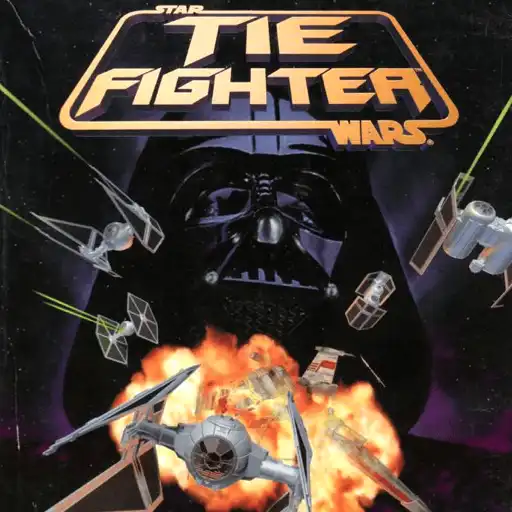
Tie Fighter Games: A Comprehensive Guide to Space Combat Experiences
The TIE Fighter games have captured the attention of players since their debut in the 1990s, offering thrilling space combat experiences set in the iconic Star Wars universe. These games place players in the cockpit of TIE Fighters, letting them explore the Galactic Empire's perspective while engaging in epic battles against the Rebel Alliance.
Over the years, these titles have evolved, incorporating new gameplay mechanics and storytelling techniques that have left a lasting impact on the gaming industry.
As fans delve into the history of TIE Fighter games, they discover a blend of exciting missions and strategic elements that challenge even the most skilled players. The cultural influence of these games extends beyond the screen, inspiring countless adaptations and a loyal fanbase that continues to grow.
By exploring the legacy of TIE Fighters, players can appreciate not only how these games shaped the genre but also their role in expanding the Star Wars narrative.
The journey through TIE Fighter games reveals a rich tapestry of innovation and player engagement. As the series continues to evolve, it will be interesting to see how future titles will carry the torch forward in this beloved franchise.
Key Takeaways
- TIE Fighter games immerse players in the Galactic Empire's perspective in space battles.
- The series has a strong legacy that influenced future titles in the space combat genre.
- Players can enjoy unique gameplay mechanics that combine action with strategic elements.
History of TIE Fighter Games
The TIE Fighter games hold a significant place in the realm of space simulation gaming. Their development reflects advancements in technology and changes in player expectations over the years.
Early Beginnings and DOS Influence
The original Star Wars: TIE Fighter was released in 1994, following the success of Star Wars: X-Wing. Developed by Totally Games, it adapted the popular DOS platform for gaming.
Unlike previous titles, this game allowed players to take on the role of an Imperial pilot, exploring the darker side of the Star Wars universe.
The choice to use the DOS format provided a foundation for detailed graphics and sound effects, making the experience immersive. This game introduced players into intense dogfights and missions set between The Empire Strikes Back and Return of the Jedi. It quickly became iconic for its engaging gameplay and story.
Evolution of Graphics and Gameplay
As technology advanced, so did the TIE Fighter games. The introduction of 3-D graphics was notable, offering a more immersive experience.
The use of Gouraud shading allowed for smoother shapes and better visuals in the game, enhancing the realism of the starfighter battles.
Gameplay also evolved, adding features like complex mission briefings and aircraft selection. Various expansion packs released until 1997 introduced new missions and upgrades, enriching the gaming experience.
Players appreciated the attention to detail, making TIE Fighter a classic in space combat gaming.
Gameplay Mechanics
The gameplay mechanics of the TIE Fighter game series stand out due to their focus on flight simulation and structured combat missions. These elements contribute to an immersive experience for players, making them feel like actual starfighter pilots in the Galactic Empire.
Flight Simulation Elements
In TIE Fighter, flight simulation is a critical aspect. Players navigate their ships through intricate environments featuring detailed 3D models.
This game uses a sophisticated flight model, which allows for realistic handling of various TIE models, including the TIE Fighter and TIE Interceptor.
Pilots must manage speed, agility, and energy systems. Each ship has unique capabilities, making the choice of vehicle significant. Players can execute maneuvers such as barrel rolls and hard turns, enhancing the gameplay.
Commands are often mapped for joystick use, adding to the realism. This design creates a dynamic experience where quick reactions are essential, especially during intense dogfights.
Combat and Mission Structure
The combat mechanics in TIE Fighter are robust and varied. Players engage in space battles, utilizing laser cannons and missiles against enemy starfighters and stations.
The mission structure is carefully crafted, presenting players with objectives that evolve as they progress. Missions often include escorting allies, attacking enemy installations, or engaging in reconnaissance. Each mission requires strategy and skill, making success rewarding.
Additionally, players receive briefings that provide context and heighten immersion. The narrative ties missions together, linking players to the larger Star Wars story. With both individual and multi-stage missions, the game remains challenging and engaging throughout the campaign.
Cultural Impact and Reception
The TIE Fighter games have left a significant mark on gaming and Star Wars culture. They have been both critically acclaimed and embraced by a passionate fan base. This section explores their reception and the community that has formed around them.
Critical Acclaim and Awards
Upon its release, Star Wars: TIE Fighter was met with widespread critical acclaim. Critics praised its innovative gameplay, immersive graphics, and engaging storyline. The game was particularly noted for allowing players to see the Star Wars universe from the Empire's perspective. This fresh take appealed to many fans.
TIE Fighter won several awards, including the prestigious Computer Gaming World "Game of the Year" in 1994. Its attention to detail and atmospheric sound design contributed to its recognition. Many gaming magazines included it in their lists of top space combat games. The success of TIE Fighter set a high standard for future titles in the genre.
Fan Base and Community
The fan base for TIE Fighter is diverse and dedicated. Players have formed various online communities where they discuss strategies, share fan art, and organize multiplayer events. The sense of camaraderie among fans reflects their deep connection to the game.
Modding communities have also flourished. Enthusiasts create and share modifications to enhance gameplay or introduce new content. These mods keep the game alive for new generations. Events like online tournaments celebrate the game’s legacy and provide an avenue for players to showcase their skills.
The combination of critical success and a vibrant community underlines the lasting cultural impact of TIE Fighter in the gaming world.
Legacy and Influence on Future Titles
The "Star Wars: TIE Fighter" game holds a significant place in gaming history. Its unique gameplay mechanics and narrative structure have paved the way for modern space combat games.
Advancements Leading to Modern Games
"TIE Fighter" introduced several advancements that became standards in the gaming industry.
One key feature was its immersive storytelling. Players lived the life of an Imperial pilot, experiencing the Dark Side's complexities.
Moreover, the game enhanced graphical fidelity for its time, setting a format that modern games still utilize.
The ability to engage in complex dogfights and navigate diverse environments influenced later titles like "Star Wars: Squadrons."
The innovative mission design also deserves mention. Each mission offered challenges that required strategic thinking, a concept that many games have adopted in their design.
These aspects have solidified the game's lasting impact on future titles, emphasizing narrative and player choice.
